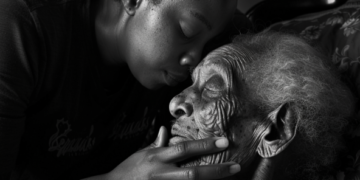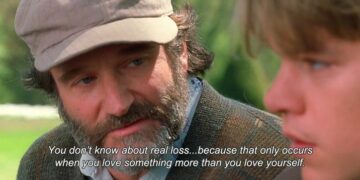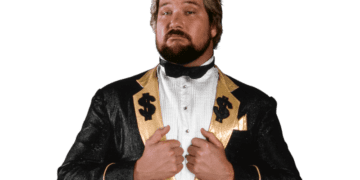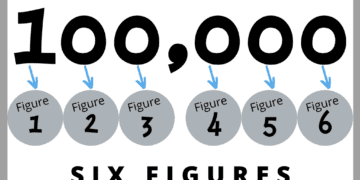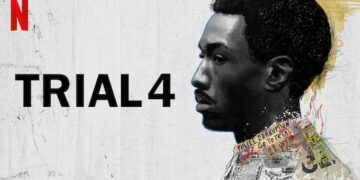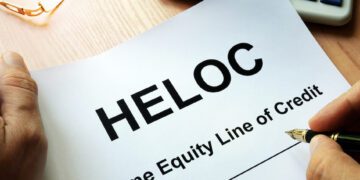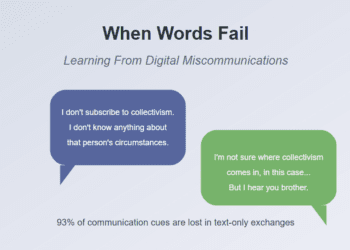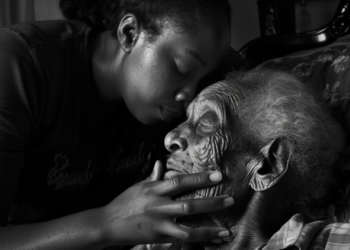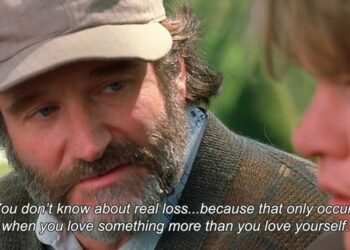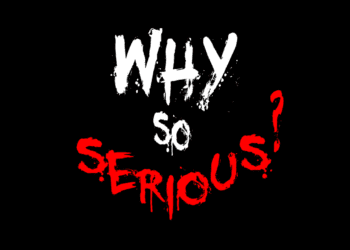“Be yourself; everyone else is already taken.” — Oscar Wilde
I’ve been wrestling with something lately, and I figured it might resonate with some of you too. Should I write the way I talk? It’s a question that’s been bouncing around my head for weeks.
My Writing Identity Crisis
Here’s my situation: I currently write the way I was taught in college—concise, structured, with meticulous grammar and formal phrasing. It’s professional and polished. But is it me?
When I open my mouth, what comes out is pure Harlem, NYC. My speaking voice has rhythm, slang, and cultural markers that never make it onto the page. It’s expressive, colorful, and authentic to who I am and where I’m from. But it’s worlds apart from my writing voice.
I can’t help but wonder if I’m presenting a divided self to my readers. Am I sacrificing authenticity for acceptability?
The Formal Writing Comfort Zone
There are solid reasons why I’ve stuck with formal writing:
- Universal accessibility – More people can understand standard written English
- Professional perception – It signals education and attention to detail
- Avoiding misinterpretation – Slang can be misunderstood by those unfamiliar with it
- Timelessness – Formal language ages more gracefully than slang
As research from the American Press Institute shows, readability matters. Content that requires less mental processing reaches more people.
The Authenticity Advantage
But lately, I’ve been thinking about what I’m giving up:
- Genuine connection – When readers hear my real voice, they meet the real me
- Cultural expression – My Harlem roots are part of my identity and perspective
- Memorability – Distinctive voices stand out in a sea of generic content
- Joy in creation – Writing in my natural voice might bring more pleasure to the process
Many of the writers I admire most aren’t afraid to bring their whole selves to the page. James Baldwin never hid his Harlem roots. Zora Neale Hurston incorporated dialect and regional speech patterns that brought her stories to vivid life.
A Tale of Two Approaches
| Formal Writing | Authentic Speaking Voice |
|---|---|
| Universal accessibility | Stronger personal connection |
| Professional impression | Cultural authenticity |
| Clarity across audiences | Distinctiveness and memorability |
| Safe but potentially bland | Risky but potentially remarkable |
Finding Middle Ground
Maybe it’s not an either/or question. Here are some approaches I’m considering:
Code-switching on the page – Using different voices for different sections or types of content. Technical explanations might benefit from clarity, while personal stories could shine with my natural voice.
The sliding scale – Adjusting the formality dial based on platform and purpose. A LinkedIn article might lean formal, while a personal blog post could embrace more of my speaking style.
Evolution, not revolution – Gradually incorporating more of my authentic voice, letting readers adjust with me rather than shocking them with a complete transformation.
“Your writing voice is the deepest possible reflection of who you are.” — Meg Rosoff
Questions I’m Asking Myself
As I navigate this, I’m considering:
- Who is my audience? Am I writing for people who already share my cultural references, or am I trying to reach others who might need more context?
- What’s my purpose? Am I trying to inform, persuade, entertain, or connect? Different goals might call for different approaches.
- What feels right? When I read my work aloud, does it sound like me? If not, what’s missing?
Moving Forward
I’m thinking I might experiment with a blended approach. Perhaps I’ll start a new content series that deliberately uses more of my speaking voice, while maintaining my established style for certain topics.
What about you? Do you write the way you talk? Have you found a balance that works for your voice and audience?
I’d love to hear your thoughts in the comments. After all, we’re all just trying to be heard in a way that feels true to who we are.
P.S. If you’re navigating similar questions about your writing voice, check out Ann Handley’s “Everybody Writes” for some practical guidance on finding your authentic voice on the page.










